Creating Gorgeous and Intriguing Designs with Letterpress Plates
Last Updated: December 8, 2023

Craftsmanship often meets creativity, and with letterpress printing, every impression tells a story.
The visually captivating nature of letterpress printing carries with it a timeless beauty that most people don’t get to appreciate. However, experienced crafters are often quite familiar with how letterpress plates bring a crafting project together, resulting in intricate designs.
In a digital age where pixels and screens are the norm, letterpress printing offers a refreshing departure. Today, let’s explore the beauty of letterpress plates and printing, how they evolved and withstood the test of time and the tips and techniques you need to create beautiful, intriguing crafts.
The Beauty of Letterpress Printing
Letterpress printing is a traditional printing technique that dates back centuries, enduring many evolutions and innovations.
Letterpress Printing 101
This method involves pressing an inked, raised surface onto paper, creating a tactile and visually appealing print. The unique depth and texture achieved with letterpress bring a sense of craftsmanship and authenticity to designs, making them stand out in a digital age dominated by sleek, polished visuals.

Photo by Kristian Bjornard on Unsplash
According to history, no one really knows how letterpress printing started or who invented it. But the earliest evidence of letterpress printing dates back to the first millennium A.D., in China. It was said to involve carving individual characters onto small, clay blocks, which could be rearranged for different print jobs – also known as the movable type.
|
Did you know? The oldest known printed book is The Diamond Sutra, a Buddhist book from Dunhuang, China. It is said to have been around from 868 A.D., during the Tang Dynasty. |
The true revolution in printing came in the 15th century when Johannes Gutenberg, a German inventor, introduced the mechanical movable type printing press. Gutenberg's press utilized metal movable type, allowing for more efficient and consistent printing. This invention marked the beginning of the mass production of books, making written knowledge more accessible to a broader audience.
In recent decades, there has been a resurgence of interest in letterpress printing. Mostly, it’s driven by a renewed appreciation for craftsmanship and high-quality printed materials. Artisans, designers, enthusiasts, and crafters have embraced letterpress for its aesthetic charm and the hands-on, artistic nature of the process.
Crafting Intriguing Designs: Tips and Tricks
1. Look at Typography as Art.
Letterpress allows the transformation of text into a work of art. Strategic positioning of letterpress plates can allow you to highlight specific words or phrases, creating a visual hierarchy that guides the viewer's reading experience.
A great example of letterpress text is our Classical Greetings Press Plates. These letterpress plates showcase a classic serif font that brings the beauty of vintage typography into your crafting projects. Check out some of the results of using Classic Greetings below:


|
Did you know? Serif letterforms have a small decorative line added to the end of a stroke as an embellishment to the basic form of a character. Some of the more famous serif fonts include Times New Roman, Georgia, and Garamond. |

Tip: Experimenting with font sizes, weights, and placements within the design can lead to unique and captivating compositions. These elements can also help emphasize keywords or phrases, depending on how you use them.
2. Embrace Minimalism with Impact
The minimalist design philosophy and letterpress printing are a match made in heaven. Embracing simplicity can bring beauty into your creations and also carry a sense of sophistication.
It’s one of the founding concepts of Altenew’s Clean and Simple card making techniques. Check out this class to learn more.

A well-balanced use of minimalist designs and aesthetics allows for a clear and concise message.
|
Did you know? Minimalism emerged in the late 1960s in New York City. Characterized by its emphasis on simplicity of form and a direct, objective approach, minimalism was mostly applied in both visual arts and music. In visual arts, especially, personal and expressive elements are often limited or minimized (hence, the name) to uncover the visual aspects of the art. |
3. Create Illustrative Depth.
Many of our letterpress plates are intricately designed to incorporate detailed illustrations.
When you allow the paper to show through in specific areas, you can create shadows, highlights, and a sense of movement that brings the design to life. Using color to create contrast and accentuate depth and dimension is a great idea, as well.

4. Add Emotional Impact.
Your letterpress designs can also be used to convey emotions.
Pick out a design that could evoke specific feelings in the viewer. Maybe the person likes simple sentiments? Or maybe they prefer nature-based designs, like flowers and animals? Or maybe it’s not just the designs, but the colors they like.
Whether it's a sense of calmness, mystery, or excitement, the arrangement of elements can contribute significantly to the overall emotional impact of a design.

5. Test, Rinse, Repeat.
Finally, before producing a large batch, test your design on a small scale. Make adjustments as needed, and check how different elements interact with your letterpress plates and designs. Small tweaks can make a big difference in the outcome.
Craft Charming Projects with Letterpress Plates

Elevate your creations from good to exceptional. Letterpress printing, with its timeless qualities, provides the perfect canvas for crafters to explore card design possibilities.
Through simplicity, clarity, and emotional resonance, you can create truly intriguing and memorable designs that leave a lasting imprint on both paper and memory. The power of letterpress plates makes them invaluable tools for crafters seeking to make a meaningful impact through visual communication.
If you want more tips, techniques, and inspiration, feel free to drop by In the Craft Room. Happy crafting!
2 comments
In This Article
More Crafty Reads & Inspirations
-
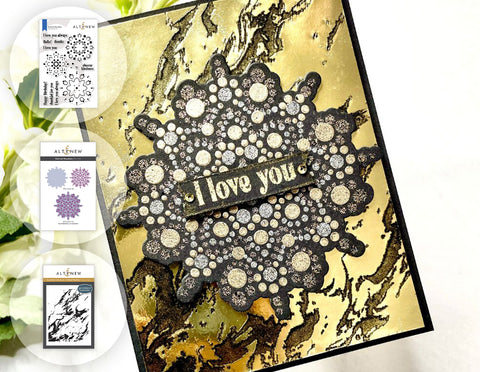
Add a Touch of Zen to Your Cards with This NEW Mandala Set!
-
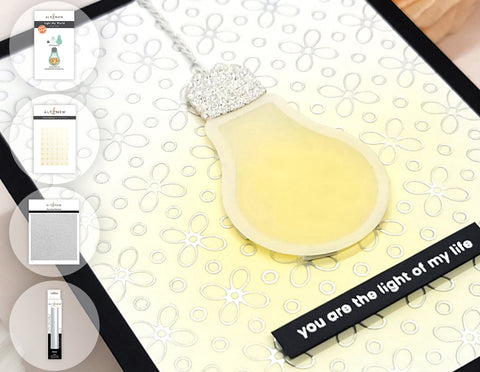
Mindfulness Hacks to Quiet the Overthinking Mind and Start Creating
-
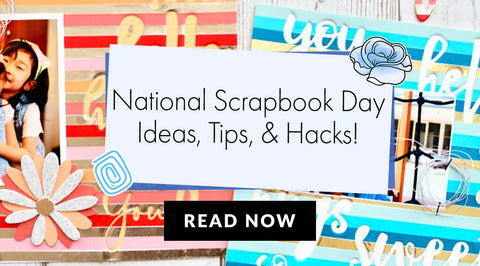
A Guide to Scrapbooking | National Scrapbook Day
-
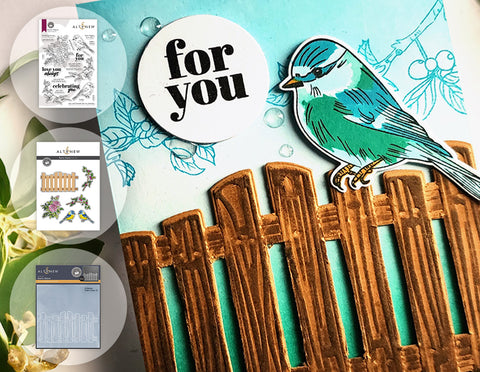
1 Versatile Kit, So Many Card Ideas!
-
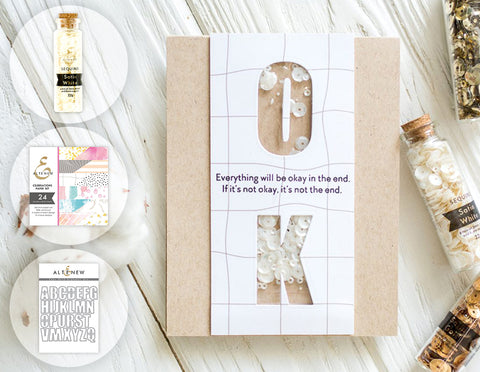
Make the Most Out of Your Cardmaking Embellishments
-
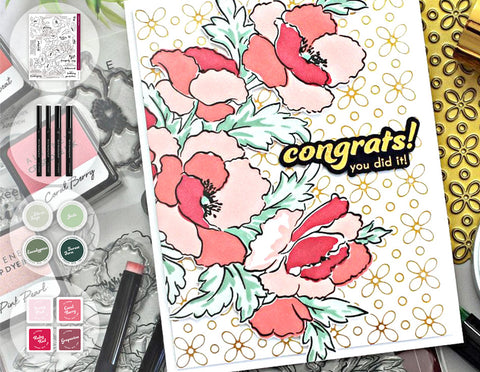
Why Micro Ink Blending Brushes Are Essential Additions to Your Crafting Tools
-
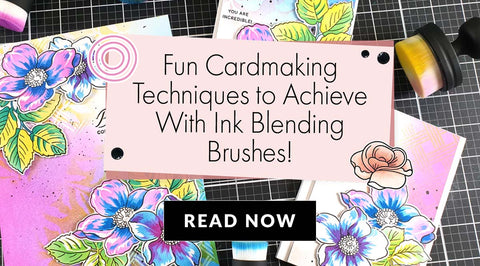
16 Fun Cardmaking Techniques With Ink Blending Brushes
-
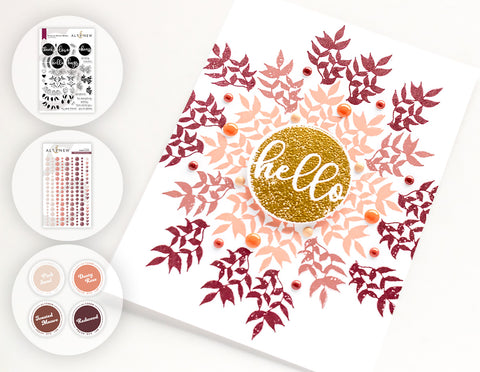
Easy Card Ideas with Wreath-Themed Stamps, Dies, Stencils & More!
-
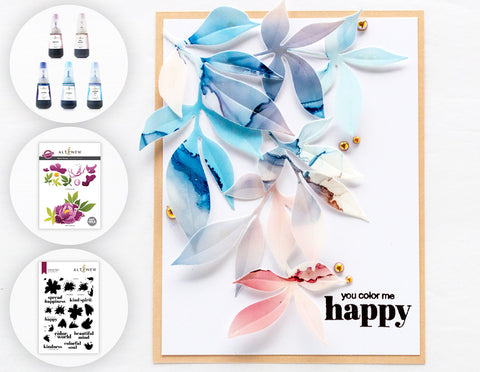
5 Alcohol Ink Techniques & Ideas for Beginners
-
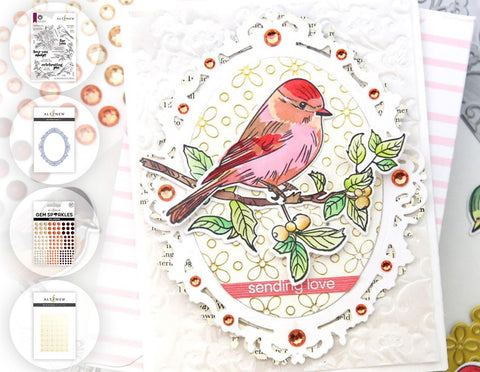
Glam up Your Creations With the New Sparkled Frame Die!
















You’re welcome, Sue! Hope we’ve inspired you to make more projects with these examples. 😍 Keep crafting!
These are beautiful projects! Thank you for all of the instruction and inspiration.
Leave a comment